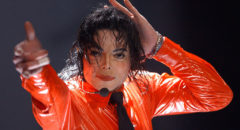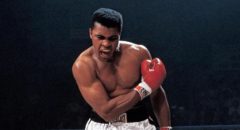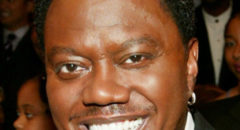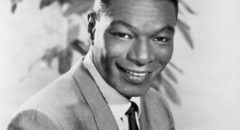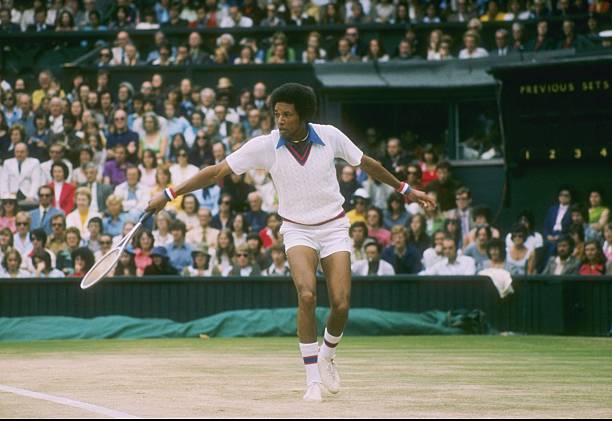
Arthur Ashe accomplished many firsts in his lifetime.
In 1963, the gifted tennis player made history as the first Black player to compete for the U.S. Davis Cup team.
A few years later, Arthur became the first Black male to win the U.S. Open title.
Unfortunately, he would also be one of the few people in the world to die from HIV/AIDS via a blood transfusion.
RELATED: The HIV Test: Basic Facts You Need To Know
What is HIV/AIDS?
HIV.org reports that HIV (human immunodeficiency virus) is a virus that attacks cells that help the body fight infection, making a person more vulnerable to other infections and diseases.
It is spread by contact with certain bodily fluids of a person with HIV, most commonly during unprotected sex (sex without a condom), HIV medicine to prevent or treat HIV, or through sharing injection drug equipment.
If left untreated, HIV can lead to the disease AIDS (acquired immunodeficiency syndrome).
The human body can’t get rid of HIV and no effective HIV cure exists. So, once you have HIV, you have it for life.
However, by taking HIV medicine (called antiretroviral therapy or ART), people with HIV can




